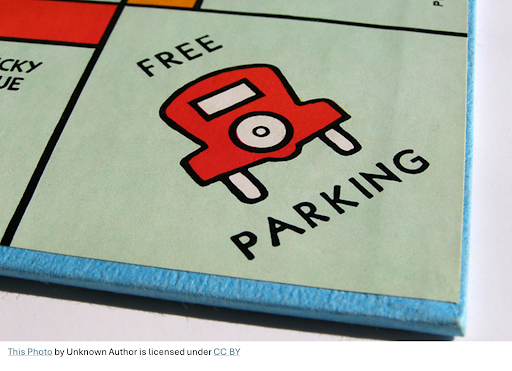Since the stock market reached its bottom in March of 2009, indices have rebounded nicely. The Dow, which closed at 6,627 on March 6, 2009, has reached 13,597. Similarly, the S&P has jumped from 683 to 1,460. With all of this wealth being created, you might think the nation would be prospering. But while Wall Street traders are raking in massive gains, the rest of the nation has actually seen their median income drop in the last few years.
Why? Because the unemployment rate has not experienced a similar rebound; from its 10 percent peak in October 2009, it has only dropped to 8.2 percent today.
Even though some sectors of the economy have rebounded, President Obama has not done enough to aid the unemployed.
This has led to a so-called jobless recovery from the Great Recession, despite Obama’s $787 billion stimulus package.
Corporate profits have indeed returned, and have driven much of the markets rapid growth.
But these corporations are not rehiring the workers laid off during the recession, and the result has been a stagnant, high unemployment rate.
Recessions are temporary, but lead to permanent changes.
The major losers in this recession have not been the highly skilled or unskilled workers, but the moderately skilled workers.
A report by Nir Jaimovich of Duke University and Henry Siu of the University of British Columbia found that since the mid-1980s, 92 percent of job loss in skilled occupations has happened within twelve months of a recession.
Jobless recoveries occur because these middle class jobs vanish but do not return.
The Chicago branch of the Federal Reserve took a closer look at the intriguing question of unemployment by skill level. It divided employment into five general skill levels, and measured the decline of employment of each group between 2007 and 2011.
The results provided some food for thought: Group 5, the highest skilled group, experienced only a 0.5 percent decline in employment, and Group 1, the lowest skilled, experienced only a 3.8 percent drop in employment. Group 4 followed with a 5.4 percent decline, Group 2 with a 7.9 percent decline and finally Group 3 with a whopping 9.1 percent decline.
This serves as further evidence that it is not the engineers or fast food workers who have been most hurt, but the employees in retail and similar positions.
It also sheds light on a larger issue in the economy today: job polarization, resulting in open positions for unskilled jobs and highly skilled jobs, but little in between.
Increasingly, these tasks can be completed much more cheaply by machines and new technology, which are being highly subsidized by government tax credits.
In no other recession since World War II have companies gone on such a spending spree on machines and software without adding a comparable number of new employees to their workforce.
Job polarization has direct effects on everyday life. Since two of every three dollars of the U.S. GDP is constituted by consumer spending, malls and shopping centers have been greatly affected.
Malls catering to higher income families and individuals, such as those making $100,000 or more per year, have experienced growth since the recession, but those catering to middle income individuals have struggled or closed.
Even though the markets are surging and Corporate America is posting record profits, the challenges on Main Street prove the recession is not yet behind the country.
For everyday Americans, the sad truth is that success on Wall Street has no affect on their lives.
Clearly, the Obama administration has not leveraged effective solutions to alleviate unemployment.
Too many jobs vanished overnight in the 2008 crash, which can be understood; every economy goes through downturns in the business cycle.
The government needs to intervene and help restructure the economy to combat structural unemployment.











